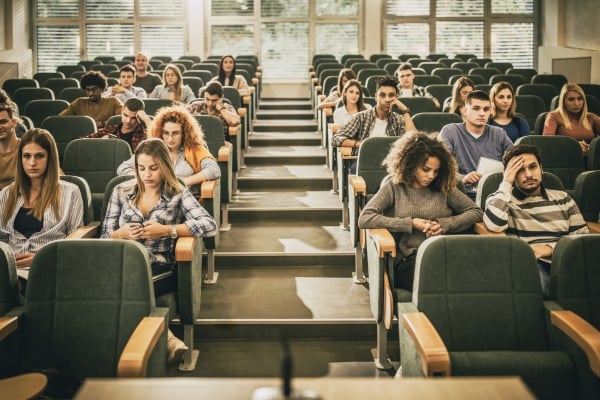Student engagement is a critical component of the learning process. It involves both a student’s willingness to participate in their education as well as the strategies and methods used by educators to actively involve students in the learning process. However, traditional methods of student engagement may no longer be effective in today’s fast-paced and technology-driven world. As educators, it’s important to rethink how we engage students in order to foster a more meaningful and impactful learning experience.
One aspect of rethinking student engagement is embracing technology in the classroom. Today’s students are digital natives who are accustomed to using technology in their daily lives. Integrating technology into the classroom can help to make learning more interactive and dynamic. This can include using digital tools for assignments, incorporating multimedia elements into lessons, and utilizing online platforms for collaboration and communication. By leveraging technology, educators can create a more engaging and relevant learning experience for students.
Another way to rethink student engagement is to provide more opportunities for hands-on learning. Research has shown that students learn best when they are actively involved in the learning process. This can include engaging in project-based learning, conducting experiments, or participating in real-world simulations. By providing students with opportunities to apply their knowledge in practical ways, educators can help them develop a deeper understanding of the subject matter and foster a sense of engagement and ownership in their learning.
Additionally, incorporating opportunities for student choice and autonomy can also help to increase student engagement. Allowing students to have a say in their learning, such as choosing topics for research projects or selecting how they demonstrate their understanding of a concept, can help to empower students and make learning more meaningful to them. By giving students a sense of agency in their education, educators can help to boost motivation and engagement in the classroom.
Collaboration and social interaction are also key components of student engagement. Humans are social creatures, and learning is often enhanced through interaction with others. Creating opportunities for students to work together on group projects, engage in discussions, and collaborate on problem-solving activities can help to foster a sense of community in the classroom and create a more engaging and interactive learning environment.
Ultimately, rethinking student engagement involves recognizing that education is not a one-size-fits-all process. Every student is unique, with their own interests, learning styles, and preferences. By embracing technology, providing hands-on learning opportunities, offering student choice and autonomy, and fostering collaboration and social interaction, educators can create a more dynamic and engaging learning experience that meets the diverse needs of today’s students. By rethinking student engagement, educators can help to inspire a love of learning and empower students to reach their full potential.



